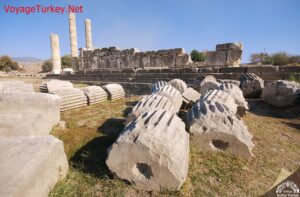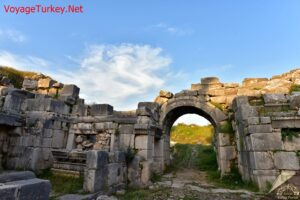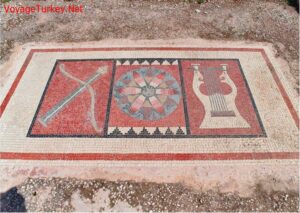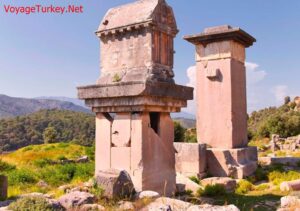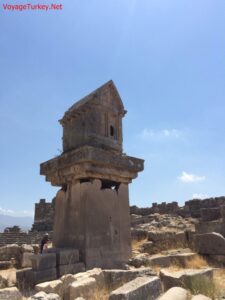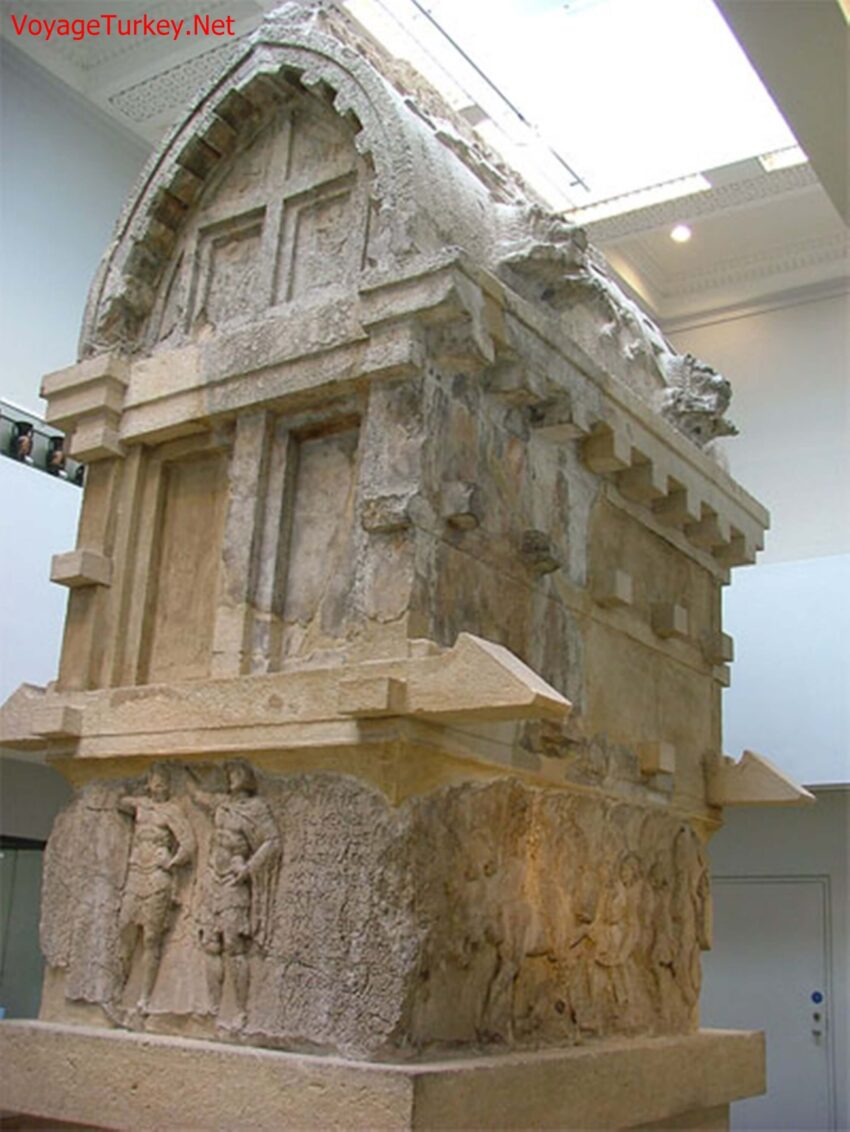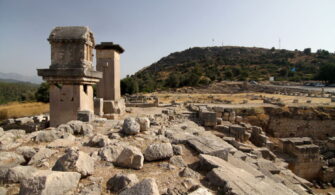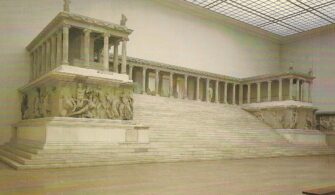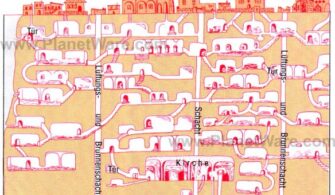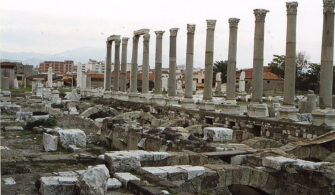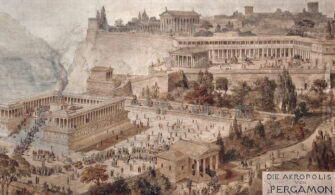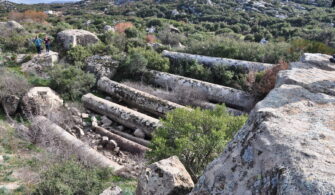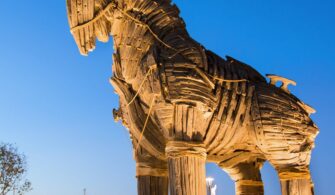Xanthos is one of the must-see historical places in Antalya, Turkey. It was the capital city of ancient Lycia. It was the largest administrative center of Lycia in ancient times. Xanthos was included in the World Cultural Heritage List by UNESCO due to the specificity of the Lycian civilization and the importance of the finds obtained during the excavations.
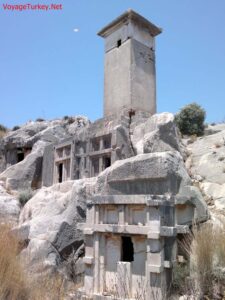
Sarpedon, who encouraged Prince Hector with his poem in the Trojan War, lived in this city.
This city, the capital city of the Lycian Union until the end of the Classical Period, was built on two hills overlooking the plain on the edge of the Xanthos River (today’s Eşen Stream).
Location of Xanthos
It is 18 km north of Patara near the Eşen Stream (in ancient times “Xanthe River”). It’s far from the coastline about seven kilometers, as the crow flies.
The city is located on the Fethiye-Kaş highway and in the town of Kınık on a 46 kilometers distance from Fethiye.
History of Xanthos
The finds from the excavations show that the city was used as a settlement since the 8th century BC. There was no evidence that the city was used as a settlement before this date.
According to Herodotos when the city was dominated by the Persians, after the heroic resistance of the Xanthos, they set fire to the city and delivered them to Persian Commander Harpagos in a devastating way.
Alexander the Great conquered this city in 334 BC. After the death of Alexander the Great, Xanthos came under the rule of the Egyptian Ptolemaios in 309 BC and then Antiochus III of Syria.
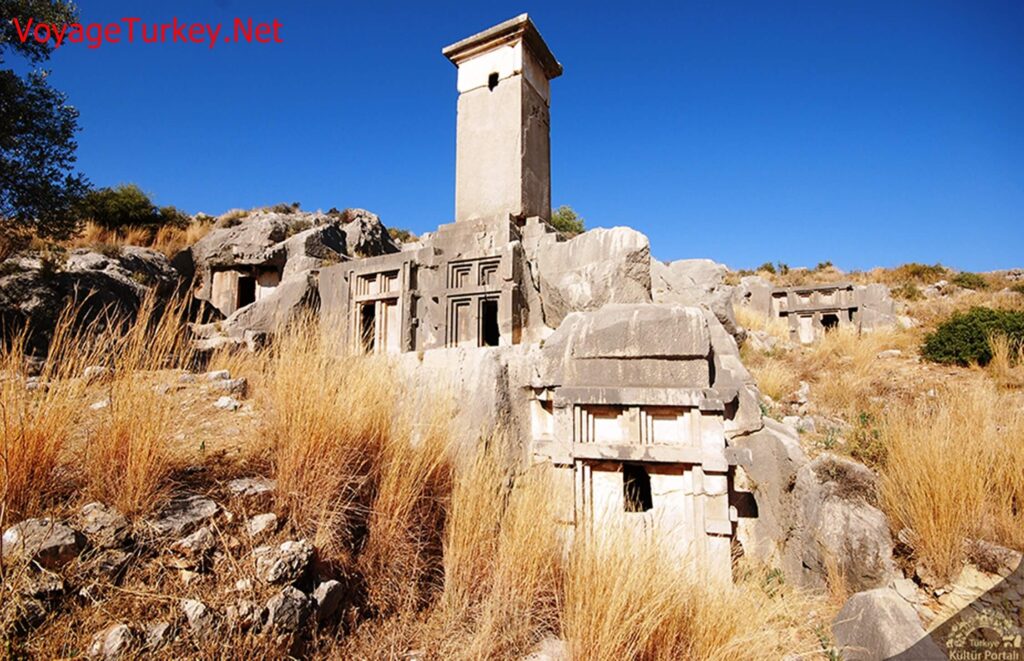
Xanthos, the capital of the Lycian League in the 2nd century BC, came under the rule of the Romans in 42 BC. Most of the surviving survivors were built during the Roman Empire period. Xanthos, the episcopacy center during the Byzantine rule, gained many new structures during this period. After that, it was under the sovereignty of Byzantium and remained under Byzantine rule until the Arab invasions of the 7th century. The Arab invasions in the 7th century AD caused the city to lose its importance.
Buildings in Xanthos
The theatre, Harpy Tomb, Nereid Monument, agora, and an inscribed monument are of interest, as area mixture of ruins from Lycian, Roman, and Byzantine times. At the Lycian cultic center of Letoon, 6 km farther, there are three temples dedicated to Leto, Apollo, and Artemis.
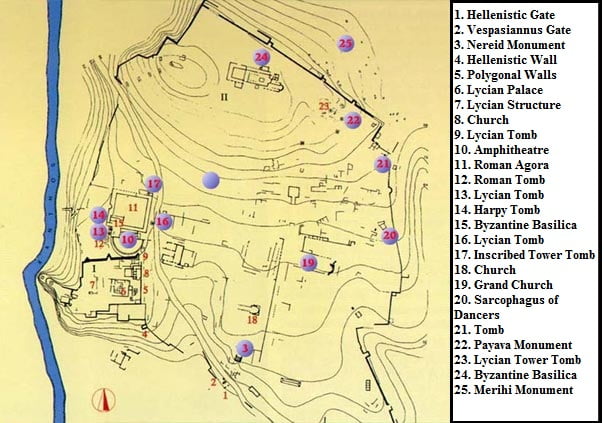
The Xanthos ruins were first explored by Charles Fellows in 1838, and some pieces of architecture – sculpture, which were obtained as a result of surveys/excavations, were taken to England in 1842.
The Theatre
The Xanthos Theater, built in the Hellenistic Period, with a capacity of 2200 people, was renovated during the Roman Empire period.

The theater building; with its vaulted entrances, semicircular orchestra, and stage building, is a typical Roman Theater.
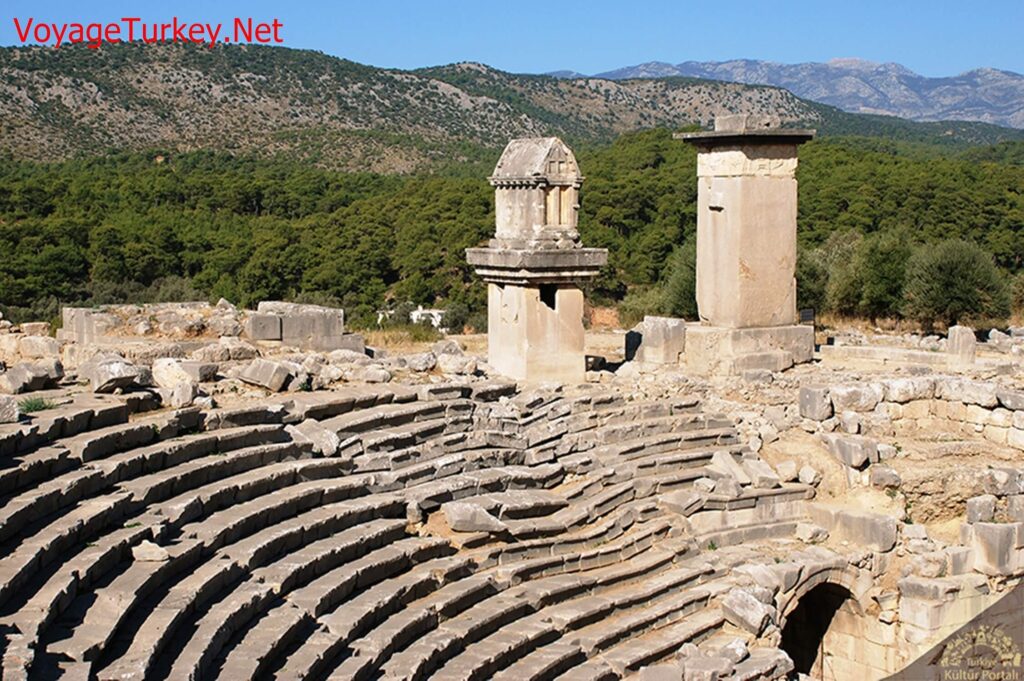
Harpy Tomb
The Harpy Tomb, a funerary monument, is one of the most important monuments in Anatolia. It is a tomb structure of Lycia. In this structure, there is a grave chamber on a large rectangular column resting on a pedestal. And there is a large cover stone at the top of the grave chamber.
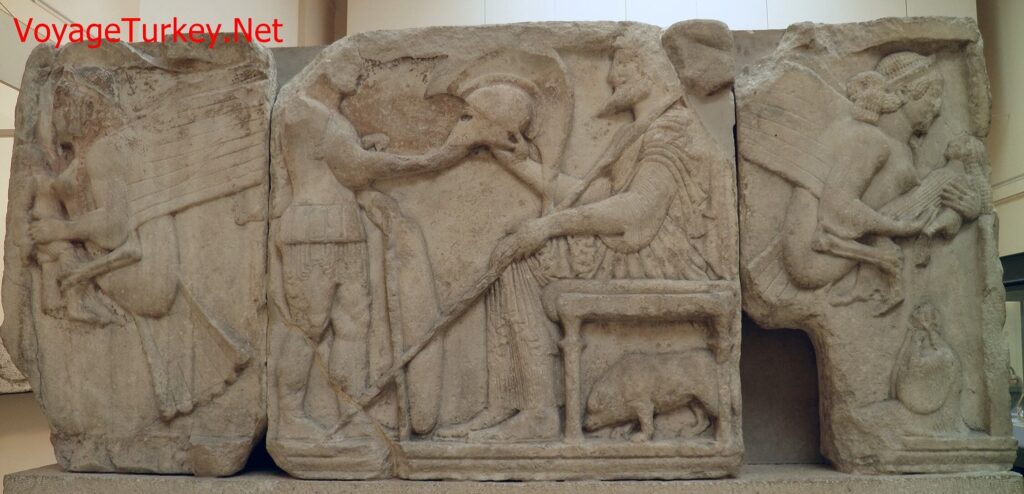
This tomb is thought to be the tomb of Kybernis, who died in the battle of Salamis in 479 BC.
The reliefs on the surface of the Harpy monument were taken to England by Charles Fellows in 1842. Now, it is exhibited in the British Museum.
Nereid Monument
According to the British Museum, Nereid Monument, the most famous Lycian tomb, was probably built for Arbinas, King of Lycia, and his family.
The Nereid Monument is a sculpture from the Lycian classical period. It is in the form of a Greek temple on a floor decorated with chiseled friezes.
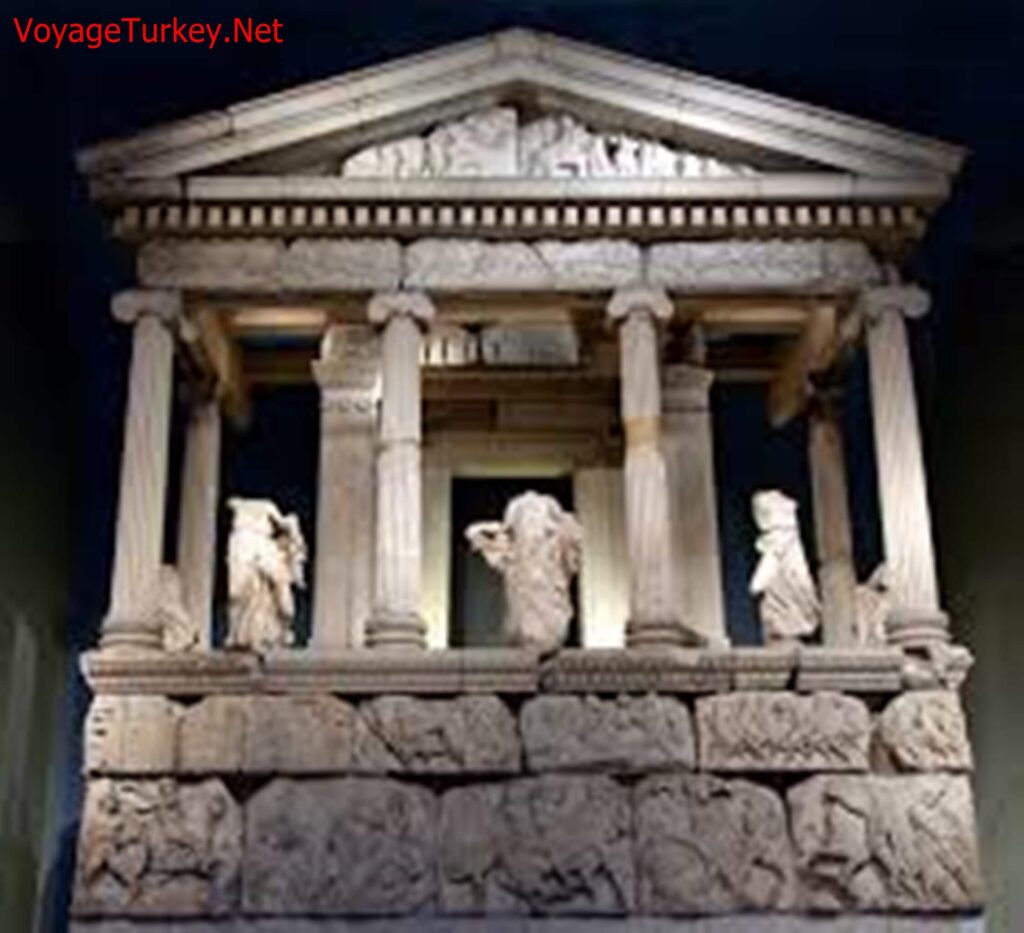
This monument is named after the statues of Nereids, daughters of the sea god Nereus and Doris, between the columns. Among the columns of the monument, there were 12 statues depicting women dressed in the wind. Under the feet of women, fish and sea creatures are seen. The monument was called Nereid Monument because it was thought that these female sculptures could be Nereid (Nereus and Doris daughters in Greek mythology).
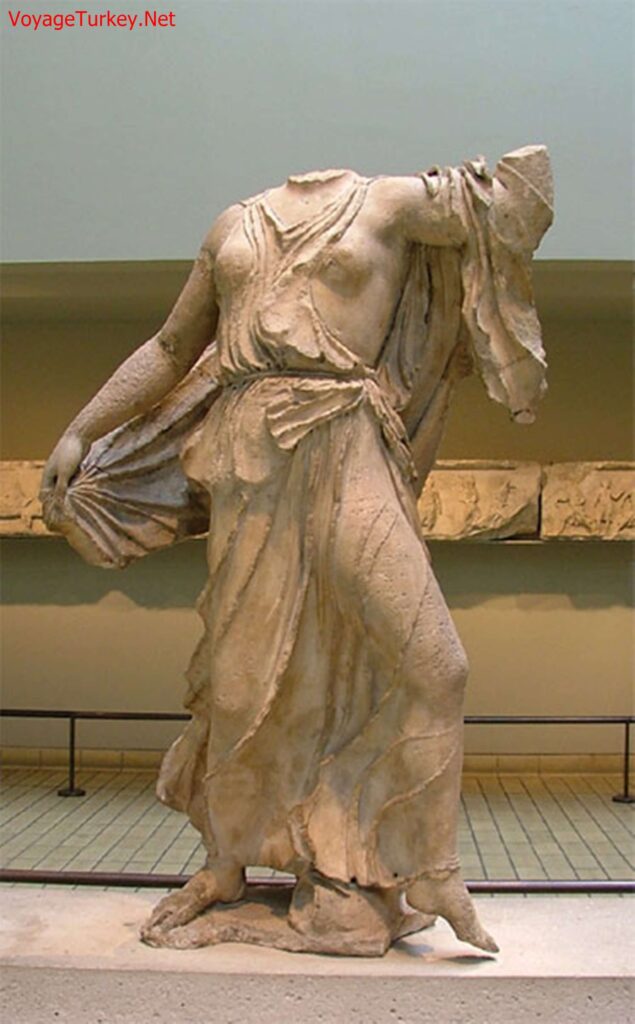
The Nereids Monument was removed from the Xanthos by Charles Fellows and taken to England. The monument is exhibited in the 17th hall of the British Museum.
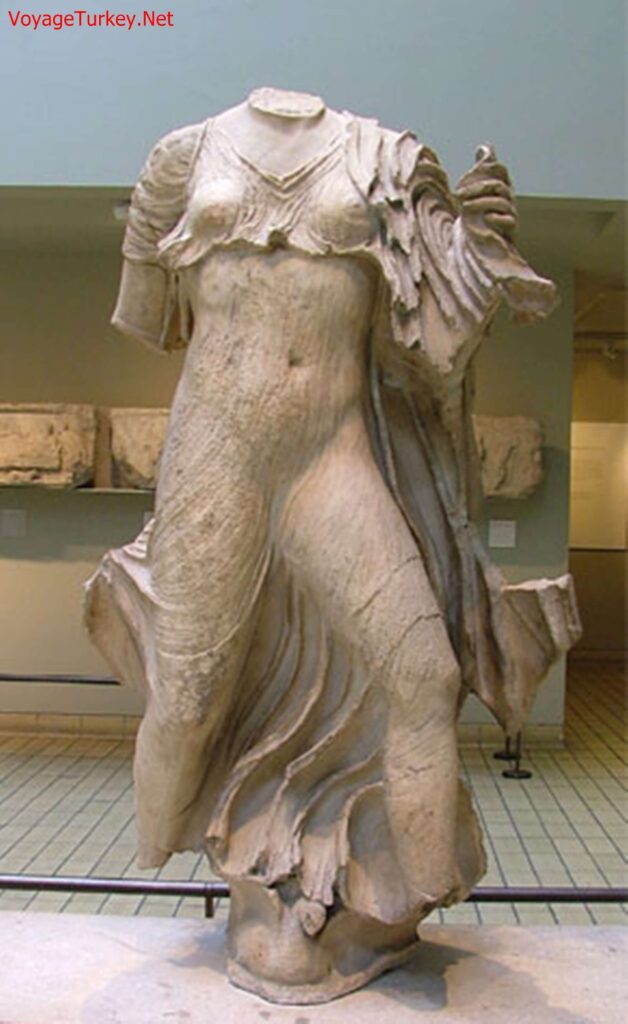
The Payava Sarcophagus
The Payava Sarcophagus is a sarcophagus with two burial chambers and rich decoration of reliefs and imitation of wooden architectural elements. The total height of 7.85 meters, the widest area of 5.27 x 4.25 meters, the sarcophagus reaches a building height of about three floors.
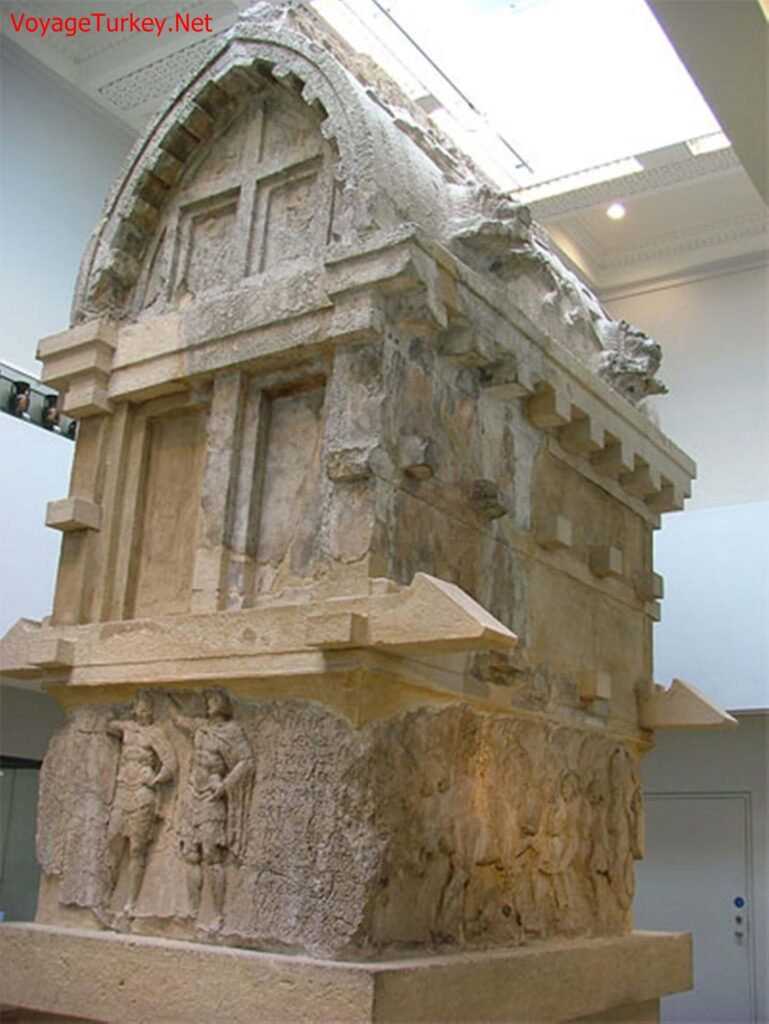
This monumental tomb has been taken to England by Charles Fellows, as well as some artifacts in Xanthos. It is currently exhibited in British Muzeum.
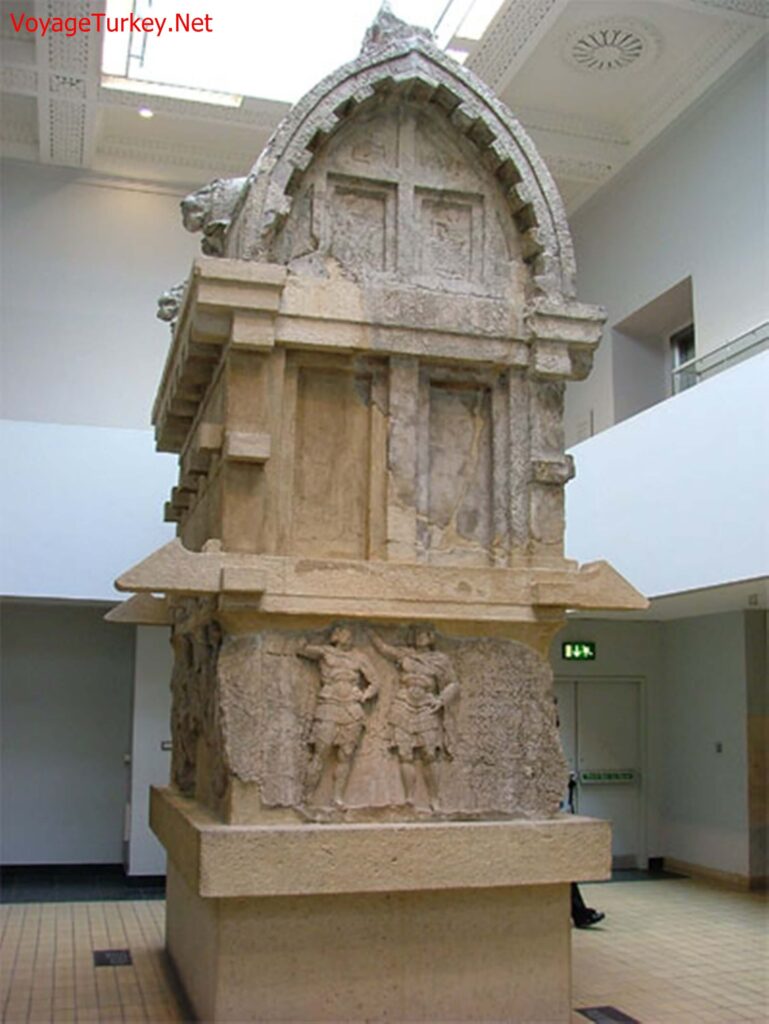
Opening/Closing Time
Summer Period (31 March – 30 October)
Opening/Closing time: 08:00/19:00
Box Office Closing Hour: 18:30
Winter Period (30 October – 31 March)
Opening/Closing time: 08:30/17:30
Box Office Closing Hour: 17:00
Closed Days: Open Every Day
